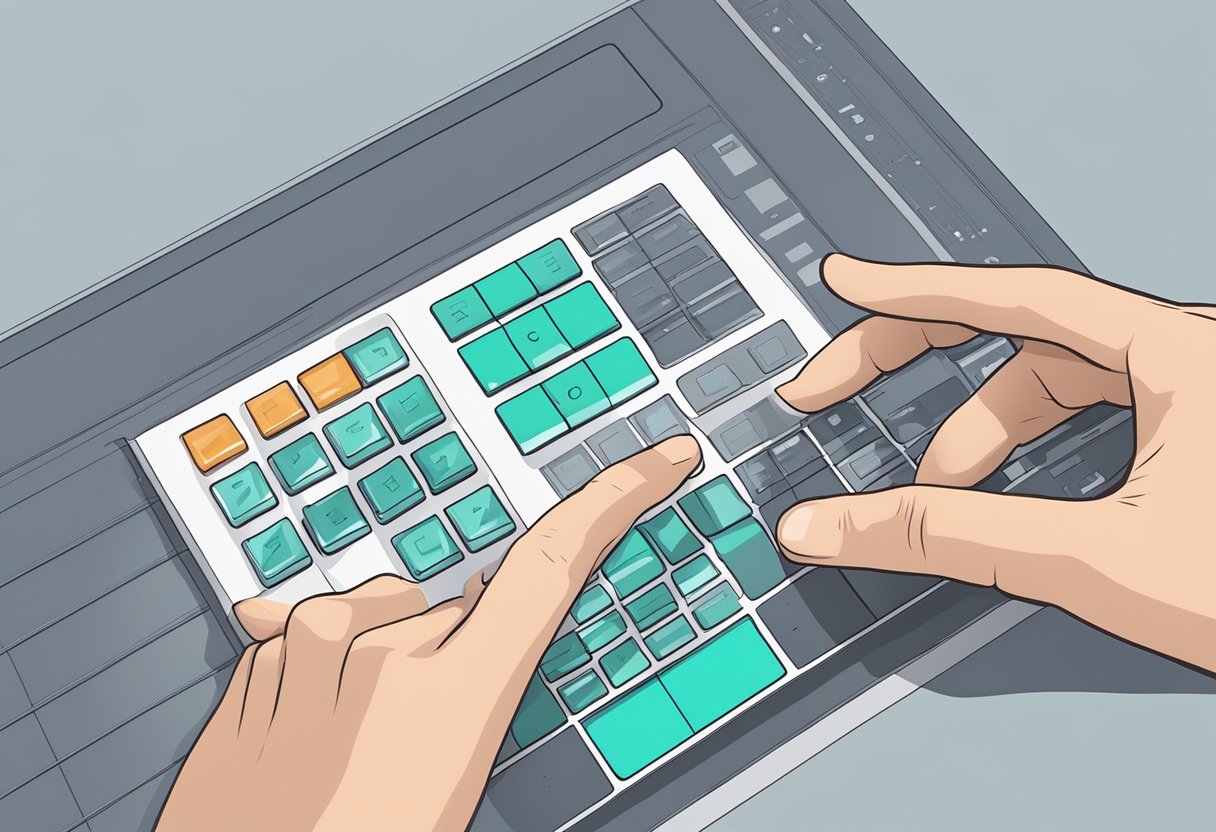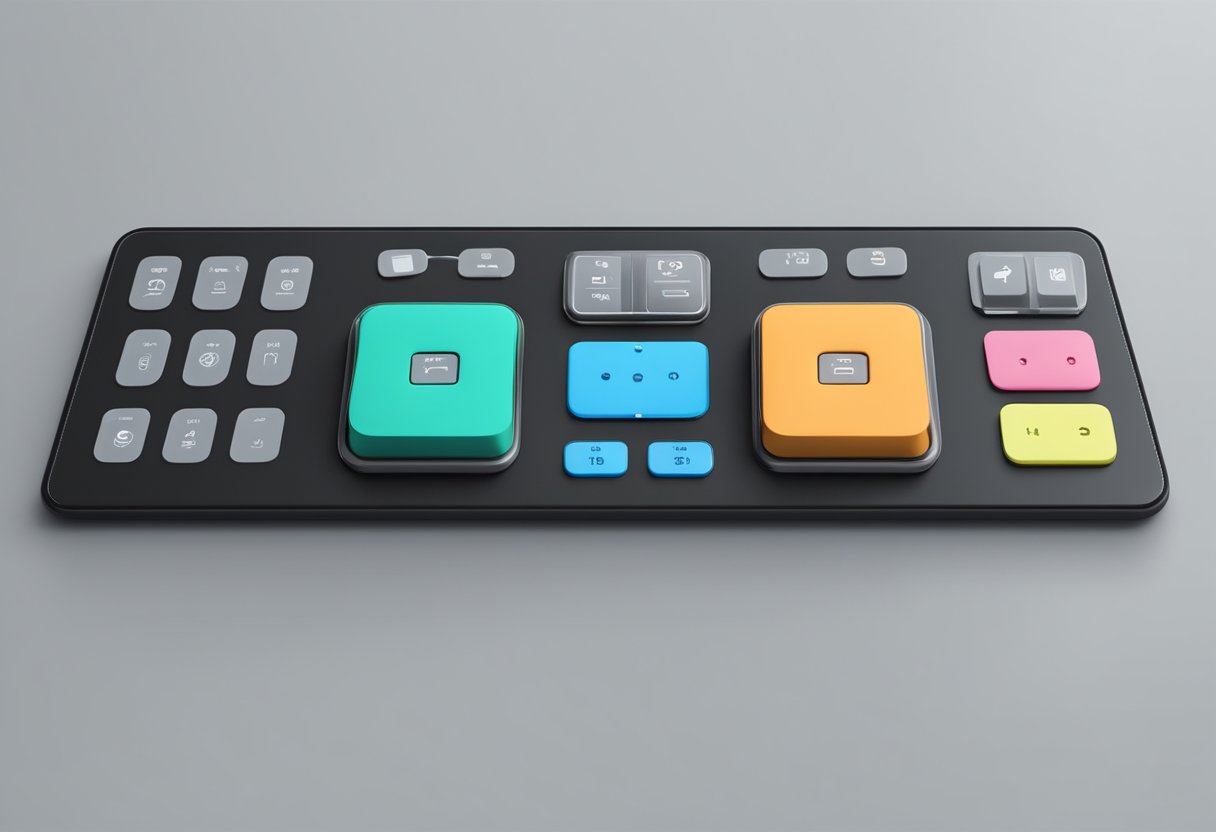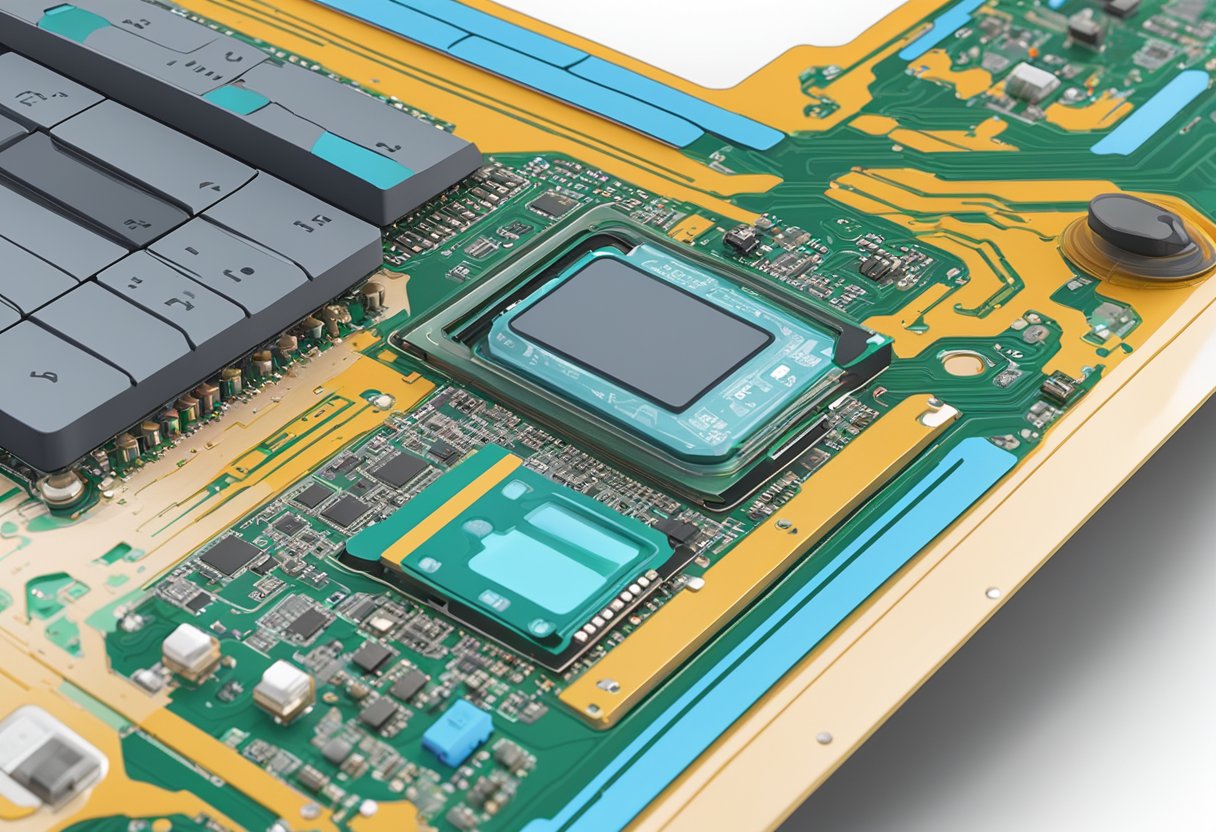Contact
Write to Us And We Would Be Happy to Advise You.
Do you have any questions, or would you like to speak directly with a representative?
By peter
Flexible membrane switches are an integral component of many electronic devices. These switches are made up of several layers of flexible materials that can be customized to fit specific design and operating characteristics. They are used to open or close a circuit by applying contact or pressure.

The design of a membrane switch starts with a polyester layer. The layer is coated with a conductive material such as silver or carbon. The conductive material is then printed with a circuit pattern. A spacer layer is then added to isolate the circuit from the top layer. The top layer is a graphic overlay that can be customized with colors, text, and symbols. When pressure is applied to the top layer, it activates the circuit and closes the switch.
Flexible membrane switches are used in a wide range of applications, such as medical devices, industrial control systems, and consumer electronics. They are preferred over traditional mechanical switches due to their low profile, flexibility, and durability. In addition, they can be customized to meet specific design requirements, making them a versatile option for many applications.

Flexible membrane switches are made up of several layers of materials that work together to create a reliable and responsive interface. The layers include graphic overlays, adhesive spacers, circuit layers, and a rear adhesive layer. The graphic overlay is the top layer and is typically made of polyester or polycarbonate. It is printed with graphics, text, and symbols that indicate the function of the switch. The adhesive spacer layer separates the graphic overlay from the circuit layer, which is made up of conductive materials such as copper or silver. The rear adhesive layer is used to attach the switch to the device or surface where it will be used.
Flexible membrane switches operate on a simple principle. When pressure is applied to the graphic overlay, it flexes and comes into contact with the circuit layer, completing the circuit and sending a signal to the device or system. The pressure required to activate the switch can be adjusted by changing the thickness of the spacer layer or the type of adhesive used. The switch can be designed to be either tactile or non-tactile. Tactile switches provide a physical feedback to the user, such as a click or vibration, when the switch is activated. Non-tactile switches do not provide physical feedback but are often used in applications where low profile and low-cost switches are required.
Flexible membrane switches are used in a wide range of applications, including medical devices, consumer electronics, and industrial controls. They are popular because of their durability, low cost, and versatility.

When designing a flexible membrane switch, there are several considerations that you need to keep in mind to ensure that your switch is functional, durable, and user-friendly.
The circuit layout is one of the most important considerations when designing a flexible membrane switch. You need to ensure that the circuit layout is optimized for the specific application and that it is easy to use for the end-user. The circuit layout should be designed in such a way that it is easy to understand and use, with clear labeling and intuitive placement of buttons and switches.
One way to optimize the circuit layout is to use a grid-based system, which can help to ensure that the buttons and switches are evenly spaced and easy to locate. You can also use color-coding and other visual cues to help the user understand the layout of the switch.
Tactile feedback is another important consideration when designing a flexible membrane switch. Tactile feedback refers to the physical sensation that the user experiences when pressing a button or switch. The tactile feedback should be designed to provide a clear and consistent response to the user, so that they know when they have successfully activated a button or switch.
There are several different types of tactile feedback that you can use, including domes, metal snap domes, and polydome switches. Each type of tactile feedback has its own advantages and disadvantages, so you need to choose the one that is best suited for your specific application.
In addition to the type of tactile feedback, you also need to consider the force required to activate the button or switch, as well as the travel distance and sound level. These factors can all impact the user experience and should be carefully considered when designing a flexible membrane switch.
Flexible membrane switches are made up of several layers of materials, including a graphic overlay, spacer, adhesive, and circuitry layers. The process of manufacturing these switches involves several steps, including printing, lamination, and assembly.
Printing techniques used in manufacturing flexible membrane switches include screen printing, digital printing, and flexography. Screen printing is a popular technique for printing conductive inks onto the circuitry layer of the switch. Digital printing is used to print high-resolution graphics onto the graphic overlay layer. Flexography is used to print adhesives onto the spacer layer.
The lamination process involves bonding the different layers of the switch together using heat and pressure. The adhesive layer is sandwiched between the circuitry and spacer layers, while the graphic overlay layer is placed on top of the spacer layer. The switch is then cut to size and shaped using a die-cutting process.
Assembly involves adding additional components to the switch, such as LEDs, tactile domes, and connectors. The switch is then tested to ensure that it functions properly before being shipped to the customer.
Overall, the manufacturing process for flexible membrane switches is complex and requires specialized equipment and expertise. However, it allows for the creation of switches that are durable, reliable, and customizable to meet the needs of a wide range of applications.
Flexible membrane switches are commonly used in a wide range of electronic devices and equipment, including consumer electronics and medical devices. Here are some of the most common applications and uses of flexible membrane switches:
Flexible membrane switches are widely used in consumer electronics such as mobile phones, tablets, and remote controls. These switches provide a reliable and responsive interface for users to input commands and control various functions in electronic devices. They are often used in combination with touchscreens, buttons, and other input devices to create a seamless and intuitive user experience.
In addition to their use in mobile devices and remote controls, flexible membrane switches are also used in gaming consoles, audio equipment, and other consumer electronics. These switches are designed to withstand heavy use and provide a long-lasting and durable interface for users.
Flexible membrane switches are also used in a variety of medical devices, including diagnostic equipment, monitoring systems, and surgical instruments. These switches are often used in combination with touchscreens and other input devices to provide a user-friendly interface for medical professionals and patients.
One of the key advantages of flexible membrane switches in medical devices is their ability to be easily cleaned and disinfected. This is particularly important in medical settings where hygiene is of utmost importance.
Overall, flexible membrane switches are a versatile and reliable input device that can be used in a wide range of electronic devices and equipment. Whether you are designing a consumer electronics device or a medical instrument, flexible membrane switches offer a durable and responsive interface that can help improve the overall user experience.
As technology continues to evolve, so do flexible membrane switches. Innovations in durability and integration with touchscreens have been two major areas of advancement.
Flexible membrane switches have come a long way in terms of durability. With the introduction of materials like polyester and polycarbonate, these switches are now able to withstand harsh environments and heavy usage. Manufacturers have also developed new production techniques that improve the wear and tear resistance of these switches. For example, some switches now feature a protective coating that prevents scratches and abrasions.
In addition, some manufacturers have developed switches with a longer lifespan. These switches are designed to last for millions of actuations, making them ideal for applications where reliability is key. With these advancements in durability, flexible membrane switches are becoming an increasingly popular choice for a wide range of industries.
Another area of advancement for flexible membrane switches is their integration with touchscreens. Touchscreens have become ubiquitous in our daily lives, and manufacturers have responded by developing switches that work seamlessly with them. This integration allows for a more intuitive user experience, while also reducing the number of components required in a device.
For example, some membrane switches now feature capacitive touch technology, which allows for multi-touch gestures like pinch-to-zoom and swipe. This technology is also more responsive than traditional switches, making it ideal for applications where speed is important.
Overall, advancements in durability and integration with touchscreens have made flexible membrane switches a versatile and reliable option for a wide range of industries.
Do you have any questions, or would you like to speak directly with a representative?